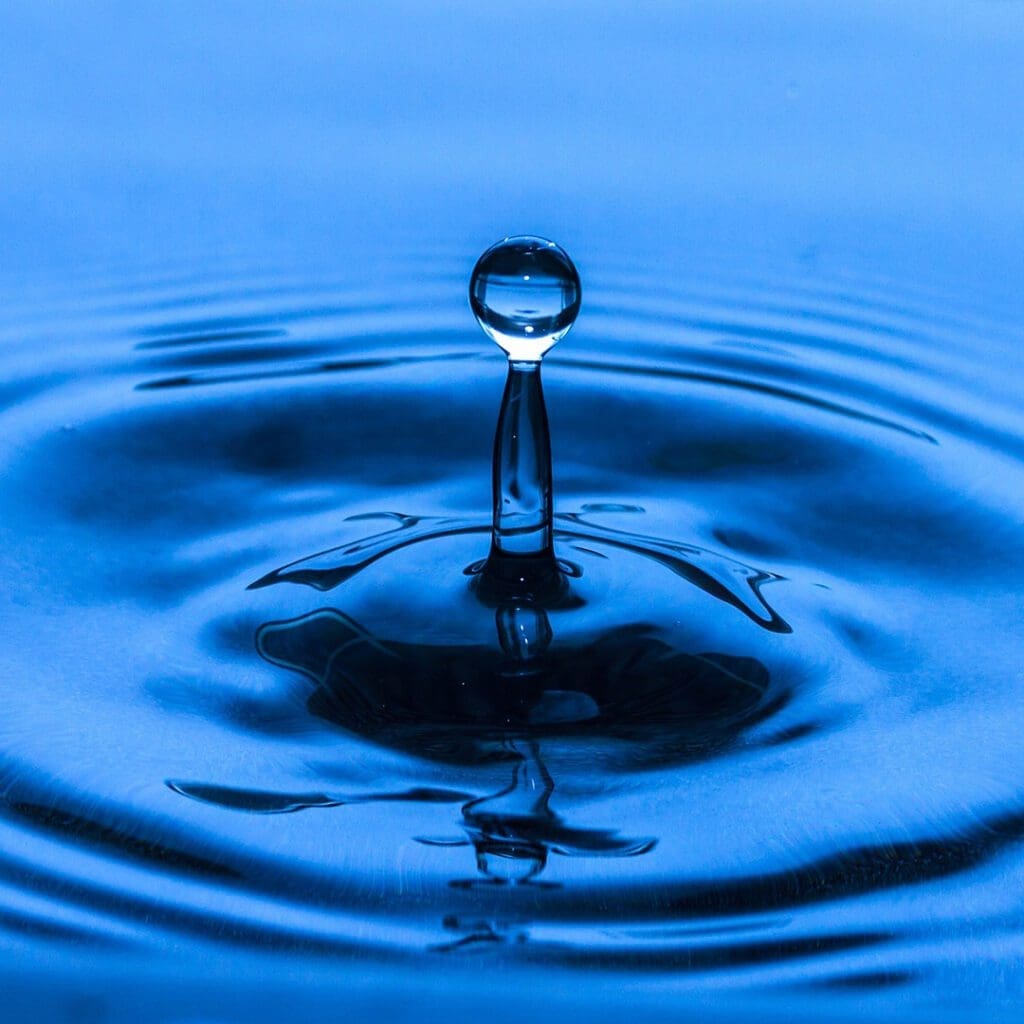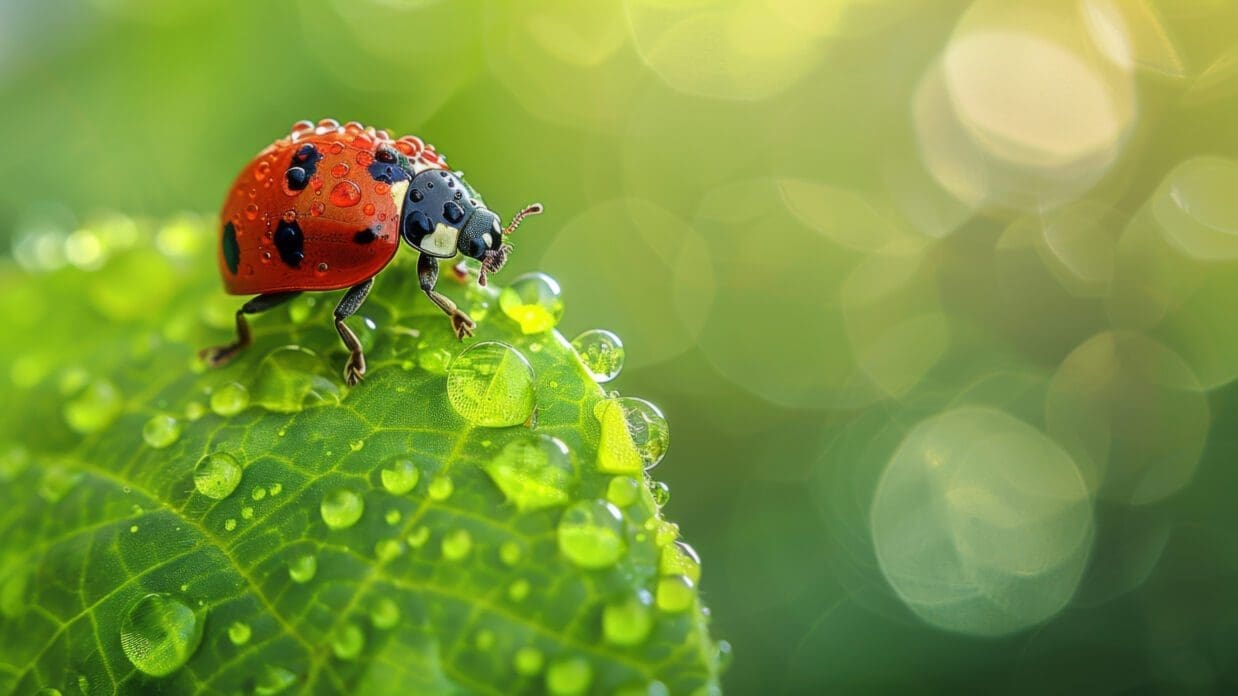The last five weeks, our focus was on the Yamas — the five “Self Restraints” that define the first of Patañjali’s Eight Limbs of Yoga. Whereas the Yamas are focused on how we can bring our minds under control in relation to discipline, the Niyamas shift the attention to our “Personal Observances.” In modern Western/Judeo-Christian terms: we started with the “thou shalt nots” and are moving on to the “thou shalts.”
The Yamas also tend to have more to do with how we relate to others, while the Niyamas have more to do with how we relate to ourselves. At least that’s my understanding.
This one feels really personal
So Saucha, Purity, is about how you regard and purify (and keep pure) your body. But it’s about more than that. We all think of the same “pure” imagery, I’m sure: virginity, doves, driven snow.
But what about purity of intention?
Let’s take this very project for example. I am creating content from a true desire to learn and share things I think are really important in this world. I am working very hard and spending money out of my own pocket with the true — and, I’d thought — pure intention of “just putting it out there.”
But then I started to reflect on Saucha…
I have dreams of thousands of people watching my videos the instant they’re posted. Of endorsement deals and notoriety. Of leading retreats, workshops, seminars.
Well, that’s not so pure, is it? Then I find myself in a vicious cycle: I remind myself that my motivations are really about freely sharing and making an offering. Then some part of me (my ego) chimes in: “Yeah… if you do that, you’ll be super famous!” So I take a breath and … remind myself that my motivations are really about freely sharing and making an offering… Then my ego is back (you get it)…
Contemplation
As you reflect on your own intention and what you feel it means to be IN A STATE OF PURITY… consider how “pure” you even want to be. Where can Saucha show up besides the “obvious”?
Patañjali tells us that we should be “disgusted” by our bodies, but he also says are bodies are temples that are microcosms of the universe. And he doesn’t say we have to be completely chaste, only that we shouldn’t waste our god-given life force.
Here are some images that might help spur your contemplation.





Meditation
In our meditation practice, we look for opportunity to simplify and set the ego aside as we look for what Purity means.
We end with one of my favorite little meditations, which is to behold an object — anything inanimate — and recognize that it not trying to be something else. It is fully and “purely” present as itself. That lamp is not trying to be a dining table.
You are enough, and even if you imagine some very “attainable” definition of success or achievement (get a job promotion or a modest raise, perhaps), that striving can take you out of where you are and put you into a fictional “what if.” It’s fine to have goals, but if it disrupts your anchor to the present moment, then is it really serving you?
Practice
In our Vinyasa Yoga Practice, we’ll begin by taking a couple of minutes to connect with a simple four-count breath and then link that breath with movement. As one of my teachers, Dana Slamp, says “slow is advanced.” So just because this flow seems slow, that pace actually brings a level of intensity which will inevitably build strength and stamina in mind and body.
Nothing that appears in this blog or on this website is intended to treat or diagnose any disorder, physical or otherwise. Always consult a physician before beginning any exercise program.
